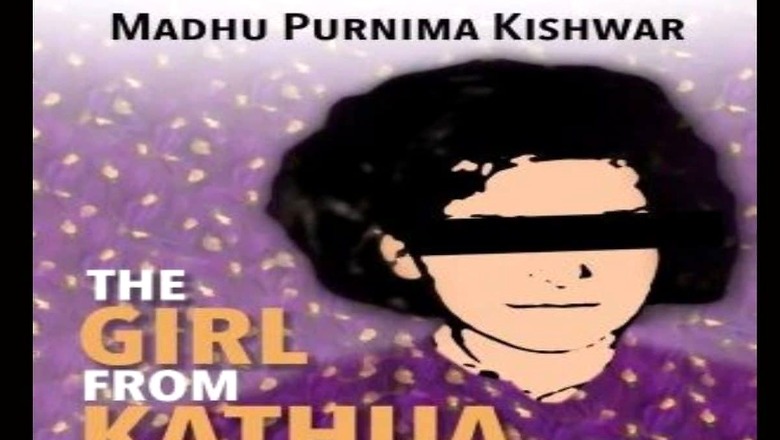
views
Five years after the alleged gang rape and murder of an eight-year-old Bakarwal Muslim girl by Hindu males in January 2018 in Rasana village in Jammu’s Kathua district triggered widespread outrage, the book ‘The Girl from Kathua: A Sacrificial Victim of Ghazwa-e-Hind’ seeks to unearth facts of the case in the manner of a ‘whodunnit’. Three salient points emerge. One, no rape is cited in the post-mortem report. Two, confessions of the accused are not acceptable in court under the existing law as these are said by the supposed culprits to have been obtained by the police by means of torture. And, three, the victim’s name and picture of her face have been transmitted ad nauseum across cities and continents by frenzied journalists, fundraisers and justice for “A…a” activists, in contravention of the penal code that forbids such revelations.
While highlighting this grave lapse that occurs repeatedly on the Twitter and Facebook sites of media crusaders and do-gooders, perhaps in a bid to whip up emotions, the first volume of writer Madhu Purnima Kishwar’s detailed investigation into the event steers the narrative in the direction of ‘who did not do it’. She thereby challenges the shrill condemnation of Kathua’s Dogras and communal slander that set the course for reporting on the incident here and abroad.
As Founder Editor of Manushi, a reputed journal that hosts articles about gender, social and legal issues, politics, religion, art and literature, and now a YouTube channel, she has dealt in her activism and writing with diverse transgressions in the past. As most often happens in such cases, varying perspectives serve to cloud the truth, leaving behind a trail of red herrings and formulaic inferences.
In the present instance, Madhu Kishwar, instead of relying on hearsay, actually visits the scene of the crime in Rasana village in an arduous effort to ascertain for herself the circumstances of the crime. This entails interaction with persons from both communities: those who raised the alarm about the missing girl and got the police to file charges against the priest cum caretaker of the revered Baba Kaliveer Devasthan temple, his nephew, son, an associate and some police personnel; and local Hindus who resist being cowed down by threats and hysteria. The saga unfolds against the backdrop of mounting skirmishes between the resident Dogra Hindus and the backward Bakarwal Muslim nomads who come down from higher terrain to graze horses and sheep in Kathua on Dogra-owned lands. Their strained relations reportedly owe to the grazing livestock ruining crops. Further, the proximity of the area to the Pakistan border makes the feud potentially explosive as terrorists and drug and arms traffickers are reported to sneak in from the other side. In recent years, well-off Bakarwals have been settling in the region, fuelling fears of a demographic change in the Hindu-dominant area via displacement of natives.
The police and Bakarwal’s version of the crime is as follows. It centres on a little girl from the acutely orthodox, largely unlettered Muslim ethnic group, with a real father as well as a foster father whose horses she was inexplicably tending alone, at such a tender age, and unescorted by a male in the forest when she was reportedly abducted by the priest’s teenage nephew. Thereafter, she was kept in the Baba Kaliveer Devasthan, most sacred for Dogra Hindus as the baba is their kuldevata; sedated and detained there for a week or so though worshippers from three villages gathered at the temple for Lohri and Makar Sankranti celebrations and feasts during that period; and then raped by the priest cum caretaker of the one-room shrine and his cohorts. The finale vested in her brutal killing, with the body being thrown a short distance away. In an earlier version, the girl was first kept in a cow shed. The crime apparently was intended by the accused to settle scores with the Bakarwal nomads.
Two questions that beg answers are, first, how the child’s detention, rape and murder occurred without being detected by the numerous devotees and missing girl’s kin, clansmen and police who were frantically searching for her, as the single-room temple is devoid of a secret chamber to hide a person and is accessible to all. And second, why devout Hindus would choose to desecrate their sacred place in such a ghastly fashion when the ethos of defiling worship sites is alien?
The fact that many Hindus protested against the perceived targeting of Dogras, with two Bharatiya Janata Party (BJP) ministers quitting, seemed to weigh heavily against the accused.
In the first week of May 2018, the Supreme Court transferred the case from J&K to Punjab’s Pathankot, where the presiding judge in early June convicted six of the seven accused, sentencing the priest, considered the mastermind, and two others to life imprisonment. The priest’s son was acquitted as his presence was noted in Muzaffarnagar at the time of the crime in CCTV footage. A few have since been released on bail but not the alleged mastermind. Little has been heard about the case after the collapse of the Mehbooba Mufti-headed government (April 4, 2016-June 19, 2018), with the BJP withdrawing from its alliance with J&K People’s Democratic Party (PDP), led by her after the death of her father Mufti Mohammad Sayeed in January 2016. He headed the coalition government for about a year till his demise.
The information and dates of events, collated by the author, pieces together a picture of the crime that is far more sinister than the initial reports which managed to prejudice public opinion against the accused. Overt attempts by the then Chief Minister Mehbooba Mufti and her camp followers to politicise the matter so as to embarrass coalition partner BJP, with Hindutva stalwarts watching these shenanigans in a state of mute stupor, suggested manoeuvring by the Pakistan-sponsored, cash-rich jihadi network that has ignited terror in Jammu and Kashmir since the exodus of Kashmiri Pandits from the valley, owing to the eruption of secessionist violence over three decades ago. Repudiating the Left-liberal view that projects the majority of Muslims in J&K as oppressed and persecuted by security forces and policymakers alike, Madhu Kishwar ascribes the Kathua event to a calculated ploy of the short-lived Mehbooba Mufti regime, in tandem with Hurriyat demagogues, to drive out the Dogra Hindus with ferocity from their birthplace. This would facilitate the settling of Muslims.
The episode unfolds as a sordid example of identity politics at its nadir, to be elucidated further in the second volume of this incisive account.
The author is a senior journalist. Views expressed are personal.
Read all the Latest Opinions here











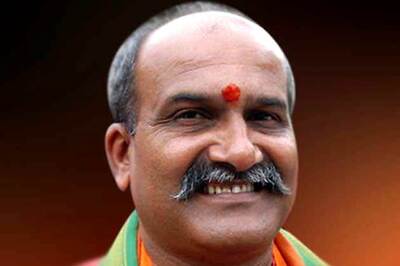
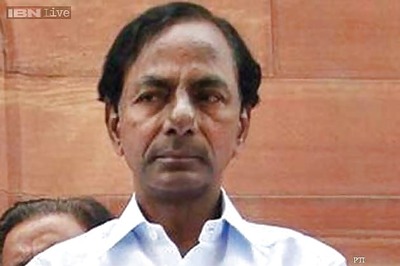
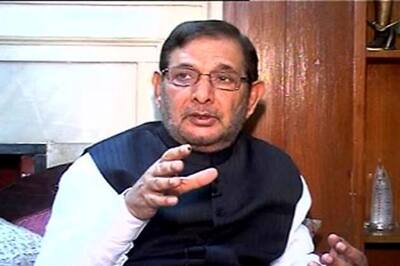


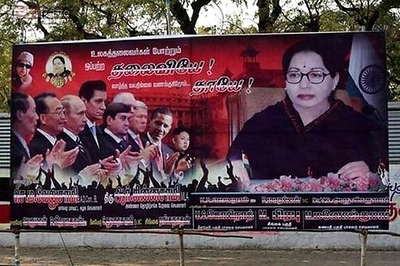
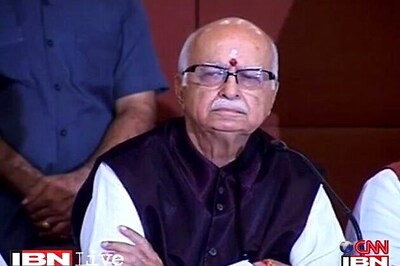
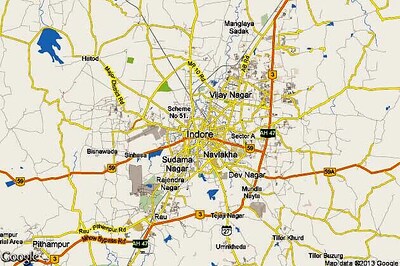
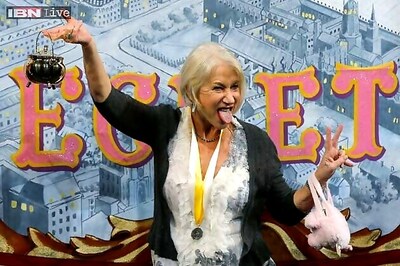
Comments
0 comment